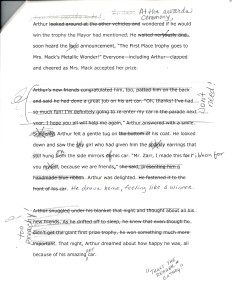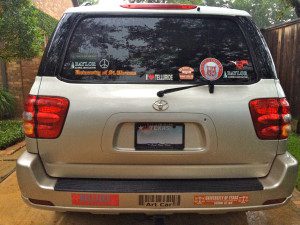My First Podcast! Thank you, Dan Blank!
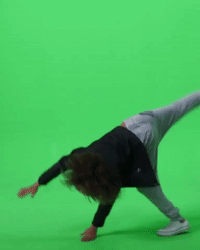 Celebrating my fiftieth school visit in October was a milestone that made me want to do cartwheels (if I still can?). I wrote a fun blog about it that you can READ HERE, and it was an amazing feeling to treat the school, Ridgemont Elementary of Houston, to a number of surprises that I had up my sleeve.
Celebrating my fiftieth school visit in October was a milestone that made me want to do cartwheels (if I still can?). I wrote a fun blog about it that you can READ HERE, and it was an amazing feeling to treat the school, Ridgemont Elementary of Houston, to a number of surprises that I had up my sleeve.
One surprise that I did not plan for or expect to receive was a PODCAST! After I posted a photo of myself holding two large gold FIVE-O balloons on Instagram, I almost immediately received a text from Dan Blank. He said he was fascinated that although my children’s book, Arthur Zarr’s Amazing Art Car, came out awhile ago (in 2016), he was impressed that I’d done such a good job of making it relevant. Of showing up. Of forging meaningful connections around it. WOW! That made my day! Dan then asked what I had learned along the way and what value I had realized from it. We chatted, and he said he’d like to feature me on his podcast.
Our interview is titled “Keeping a Book Alive (and selling thousands of copies) Two Years After Lauch” … and I love how it turned out. Hopefully you will, too. Here is a LINK to listen. It’s about 34 minutes long, so grab a cup of coffee and a cookie before you click play. 😉
 Let me rewind a bit to tell you who Dan is, in case you don’t know. Dan Blank is the founder of WE GROW MEDIA, and he helps writers and creative professionals share their stories and connect with their audience. He has collaborated with thousands of people via consulting, workshops, and courses. Additionally, he’s worked with amazing organizations such as Penguin Random House, Hachette Book Group, Sesame Workshop, Workman Publishing, J. Walter Thompson, Abrams Books, Writers House, The Kenyon Review, Writer’s Digest, Library Journal, and many others.
Let me rewind a bit to tell you who Dan is, in case you don’t know. Dan Blank is the founder of WE GROW MEDIA, and he helps writers and creative professionals share their stories and connect with their audience. He has collaborated with thousands of people via consulting, workshops, and courses. Additionally, he’s worked with amazing organizations such as Penguin Random House, Hachette Book Group, Sesame Workshop, Workman Publishing, J. Walter Thompson, Abrams Books, Writers House, The Kenyon Review, Writer’s Digest, Library Journal, and many others.
Dan also facilitates the Creative Shift Mastermind, which I was fortunate enough to participate in twice. When you sign up for his Mastermind course, you join Dan and approximately ten other writers to find more time to create, hone your creative process, reach readers, and get accountability. The next session begins January 1, 2019, and you can sign up for it HERE!
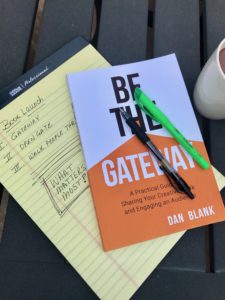
Pick up your own copy of BE THE GATEWAY by Dan Blank. I loved this book!
Finally, Dan is the author of BE THE GATEWAY: A Practical Guide to Sharing Your Creative Work and Engaging an Audience. It’s available on Amazon, and HERE IS A LINK TO BUY IT. If you prefer Barnes & Noble, you can FOLLOW THIS LINK and order a copy. I purchased the book as soon as it came out, and several nuggets of wisdom jumped out at me. Like this, where Dan writes: “Be the gateway. Instead of framing the value of your work by how it performs in the market, you define it by how other people experience the world through your creative work—the stories and experiences you share, and the topics you talk about.” AND this statement resonated with me, too: “Reframe success so it isn’t about seeking validation from massive audiences, but rather how you reach one person.”
I also appreciate Dan’s suggestion that to find success, creative professionals must hone in on what matters more than anything else. Find the core part of what matters to you most. Don’t seek quick validation. Think about what you would fight to NOT lose. Dan continues:
“This is why millions of ‘clever ideas’ sit on hard drives, in the bottom of someone’s desk drawer and in the back of someone’s mind, never seeing the light of day. It is the reason why when someone has a huge smash hit with an idea, thousands of others say, ‘I thought of that years ago.’ Why did this one person succeed? Because they believed in it more. It was more core to their personal narrative of what mattered, and where they could devote their time, energy, and money. The person who succeeded waded through risk long after you would have said, ‘This is crazy … I’m not wading any further into this.'”
I talk about this very thing in Dan’s podcast. About how when I got the idea to write Arthur Zarr’s Amazing Art Car, it was a dream that grabbed me. A creative passion that I didn’t let go of—not for a minute—until I was holding the beautiful book in my hands. And since art often imitates life (or maybe, according to Oscar Wilde, it’s the other way around), my fictional character, Arthur Zarr, did the same thing. He didn’t know he was going to build an art car that day when he first glued an acorn to the front of his vehicle. It was just a snippet of an idea. An idea as small as the very acorn itself. But that idea grew and grew into an amazing art car, and as a result, Arthur made friends and found his community—his tribe—along the way. Here’s a quick link to buy ARTHUR ZARR’S AMAZING ART CAR.
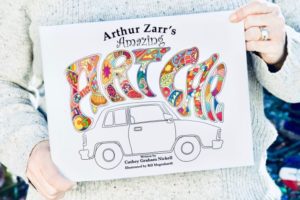
My children’s picture book was released in 2016 and is still thriving!
And like my imaginary Arthur Zarr, I’ve found my tribe, too. Amazing friends I met through Dan’s Creative Shift Mastermind—Teri Case, Lisa Sinicki, Amanda Toler Woodward, Rupert Davies-Cooke, and Brian Joyner. People I met online or in person through various writing groups—Ellen Leventhal, Noelle Shawa, Rachel Kosoy, Ellen Rothberg, Lynn Abrams, Allison Zapata, and Shelley Kinder. Those I met in the trenches of book creation—Bill Megenhardt, Emily Calimlim, Paige Duke, Sheri Jacobs, Scott Sinnet, and Mackie Bushong. The many teachers and librarians who have supported me by inviting me to speak at their schools. Old friends I’ve known for years who share my passion for books and writing—Laura Holman-Byrne, Mary Ann Van Osdell, Pat and John Graham (Hi, Mom & Dad!), and so many others. And of course, I can’t forget ALL my fantastic new art car friends!
What are you passionate about? What creative push are you focused on today? Whatever it is … Be Amazing!



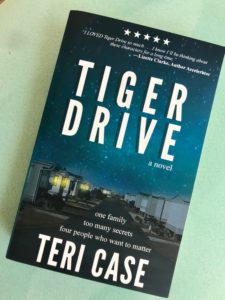
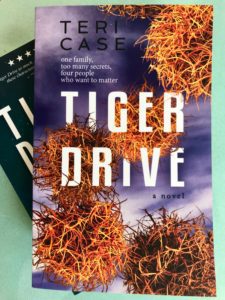
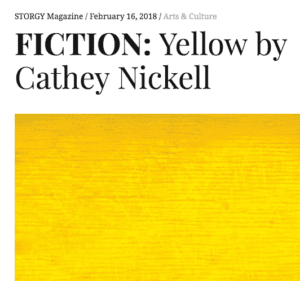
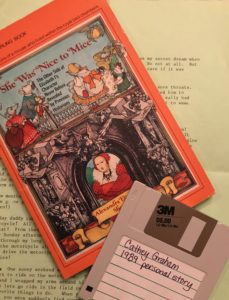
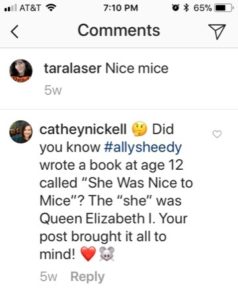
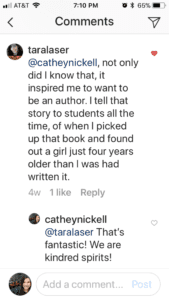
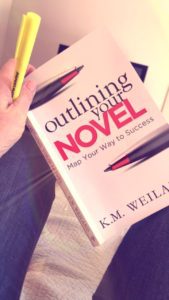
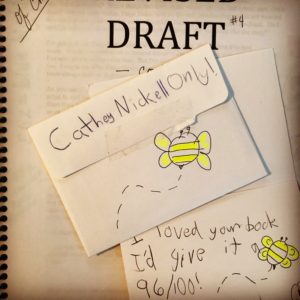
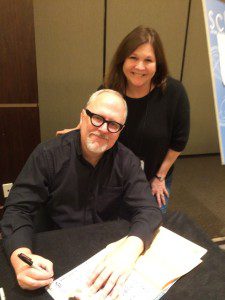

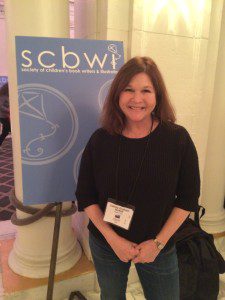
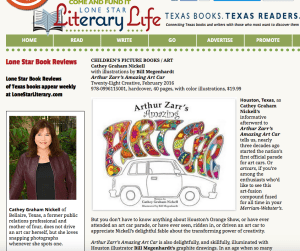 Lone Star Literary Life is a superb organization I discovered while producing and marketing my new children’s picture book, Arthur Zarr’s Amazing Art Car. This group connects readers with Texas writers and Texas books. I recently submitted my book to them for a review, and what I got in return is wonderful. Â
Lone Star Literary Life is a superb organization I discovered while producing and marketing my new children’s picture book, Arthur Zarr’s Amazing Art Car. This group connects readers with Texas writers and Texas books. I recently submitted my book to them for a review, and what I got in return is wonderful.  